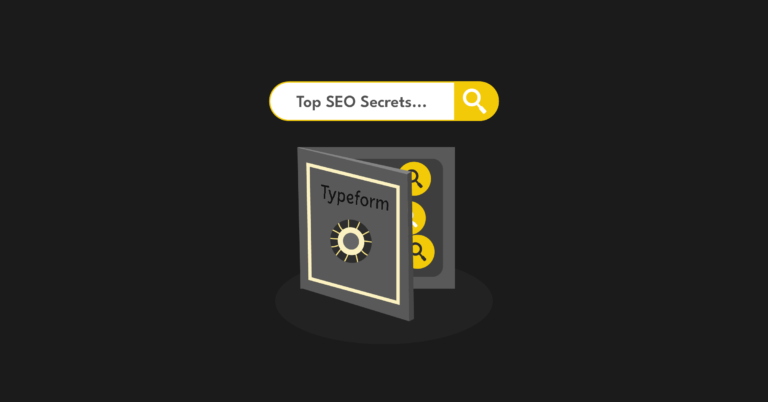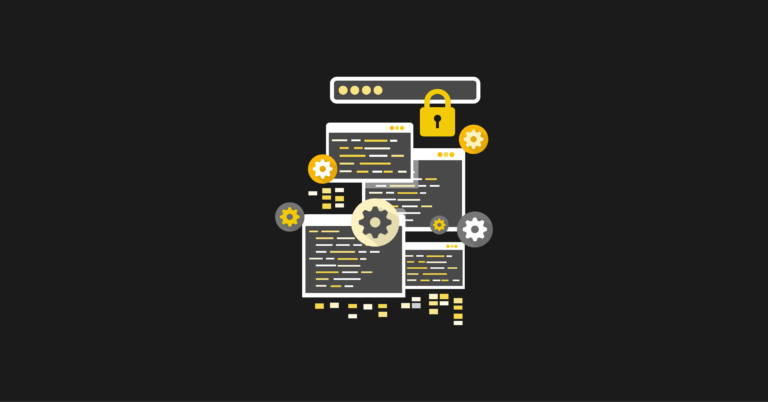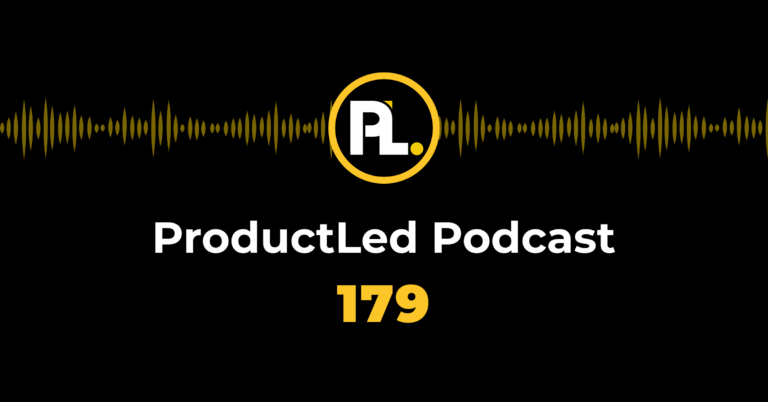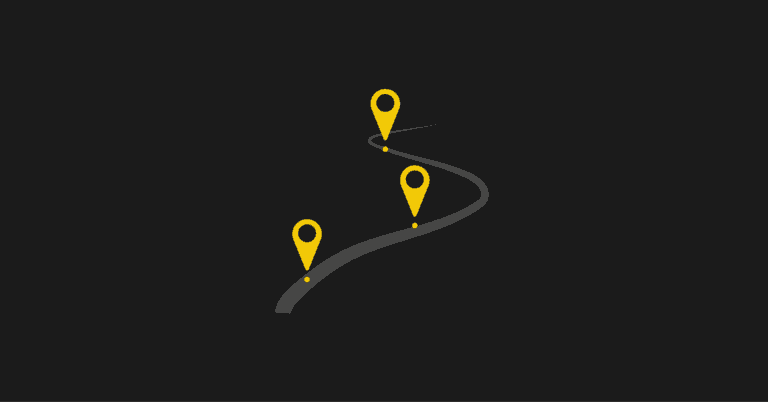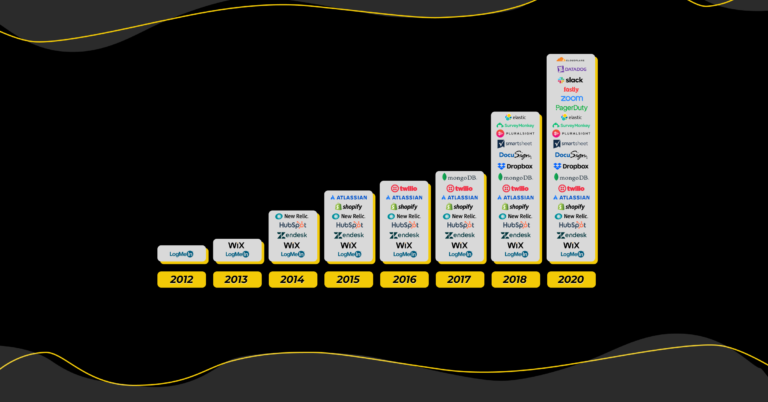In response to COVID-19, there was a global shift from sales-led to product-led. Because of the remote office switch, freemium products became necessary to keep commerce moving.
PatSnap has global operations in China, the U.S., and Europe. COVID-19 hit China first, and citizens started working remotely from their homes in January 2020. PatSnap was one of the first businesses that reacted with freemium products to help bridge technology gaps in virtual offices.
In this article, I share why leadership is vital for making the switch.
I touch on:
- Three Initial Challenges We Faced
- Three Tips to Start Your PLG Switch
- Parting Advice
But first, a bit about PatSnap.
PatSnap is an Application Programming Interface (API) that is Artificial Intelligence (AI) powered to comb through data sets and connect the dots for innovators and investors.
China switched to virtual offices in late January 2020, so we made our freemium products available to help with the sudden change.
The response was overwhelmingly positive. So when COVID started shifting to the west, we decided to make all our products freely available globally by Q2 of 2020.
This was the start of our product-led journey.
Three Initial Challenges We Faced
It’s hard to anticipate all the obstacles you will encounter when switching from sales-led to product-led. However, by sharing our challenges, I hope you can make a smoother transition to the product-led model.
#1. Leadership Starts from the Top
Whenever a company decides to make a change in a big way, it must start at the top.
As a leader, you have to make a strong case and champion your cause to influence your leadership team and get them on board.
To do this:
- Make a case on why the change is essential.
- Second, summarize what will happen if the change is not made.
- Third, summarize the good that can come with the change.
The idea is to play out the possibilities and make a logical case for why this pivot is the best for the company.
At the end of the day, human beings are emotional beings. So after laying out your logical argument, make your emotional argument, i.e., this feels like the right move to make.
Once you have the buy-in from the leadership team, then make your way down the organizational ladder – layer by layer.
#2.Getting Sales On Board
Another big obstacle we encountered was aligning our sales team with the product-led strategy. At first, there was a lot of hesitancy, and the team didn't fully appreciate what product-led meant nor how making our products free would help them in their sales.
While we limited the functions of our free products, there was still an overwhelming feeling that the change would adversely affect their sales.
#3. Syncing Teams

While making your product free seems simple on the surface, it takes a lot of coordination between every team behind-the-scenes. From sales ops to product ops to development, everyone had to understand how the change would affect their operations and how they would need to adapt.
Making our products free didn’t mean that we stopped charging for them. But there were a lot of sales operations we had to change from the product operations side.
There was an adaptation phase where everyone had to understand how the new strategy affected their operations to align with product-led growth.
Three Tips to Start Your PLG Switch
It can be hard to know where to start when making the switch to PLG. Here are some of the first moves we made when starting down the PLG road that worked really well.
#1. Run a Campaign
Get the marketing team together and design a message to the outside world that says, “Hey, we made our product free.” Be sure this extends to your existing customers and new prospects as well. Many times current users are forgotten when making the switch.
After we launched the PLG campaign in China, North America, and Europe, our pipeline increased by 30 to 40%.
#2. Form A PLG Team
This was part of our starting point. While some companies choose to have a PLG person or developer at PatSnap, we decided to form a full-stack PLG team, as product-led growth is not a single point event.
Our team consists of a:
- Developer
- Frontline Developer
- Backline Developer
- Quantitative Analyst
- Product Manager
- A Growth Marketer
We chose these comprehensive skill sets to ensure we had all the resources available within the team to run experiments and keep moving forward.
The main tasks of our PLG team are:
Testing and Experiments
With each new product you launch, it’s essential to see how to attract the most visitors to your site.
Like most companies, we don’t have unlimited funds, so we focused on AB testing for onboarding and new products to continuously engage new users and delight our current users.
Simplifying The Customer Journey
We take results from our testing to modify our customer journey. We then constantly follow the customer journey to ensure it’s “idiot-proof.”
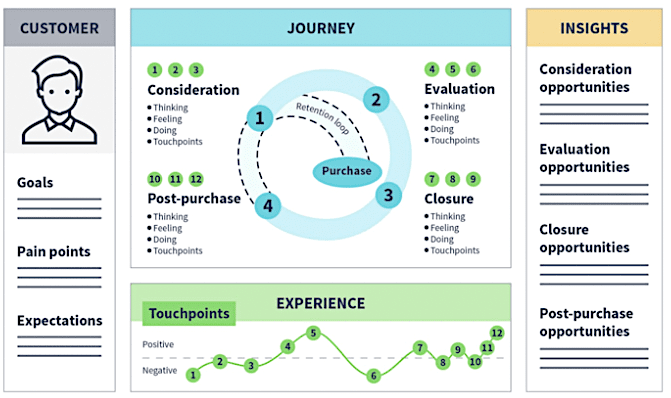
The goal is to get users onboarded without any customer service support, and this is an ongoing process to perfect.
Freemium Products
The team is also in charge of deciding the lineup for our next freemium products. With each launch into the market, we need to generate leads and momentum, so the tools we launch are carefully considered.
For example, look at HubSpot’s website grader. It’s not only a great tool, but it generated lots of leads for HubSpot’s other products.
Product-led growth is an ongoing journey and should constantly be evolving.
Parting Advice
There always seems to be unanticipated challenges that pop up when making the switch.
For example, when we decided to start doing AB testing, we didn’t realize we needed to set up an entirely new infrastructure, framework, tools… everything.
This is one of many examples that pop up along the way that most businesses don’t anticipate when starting the PLG journey.
However, from my experience, if the founder feels, or has the gut feeling that this is the right fit for the business, then go for it.
Once you start your PLG journey, stay in there and keep forcing your way in. Then, slowly, you will see a snowball effect of:
- More users onboarded.
- More users requesting your services.
- More feedback from your online community.
The leadership and constant charging ahead from the very beginning is the key to success in the early phase of your product-led growth journey.

